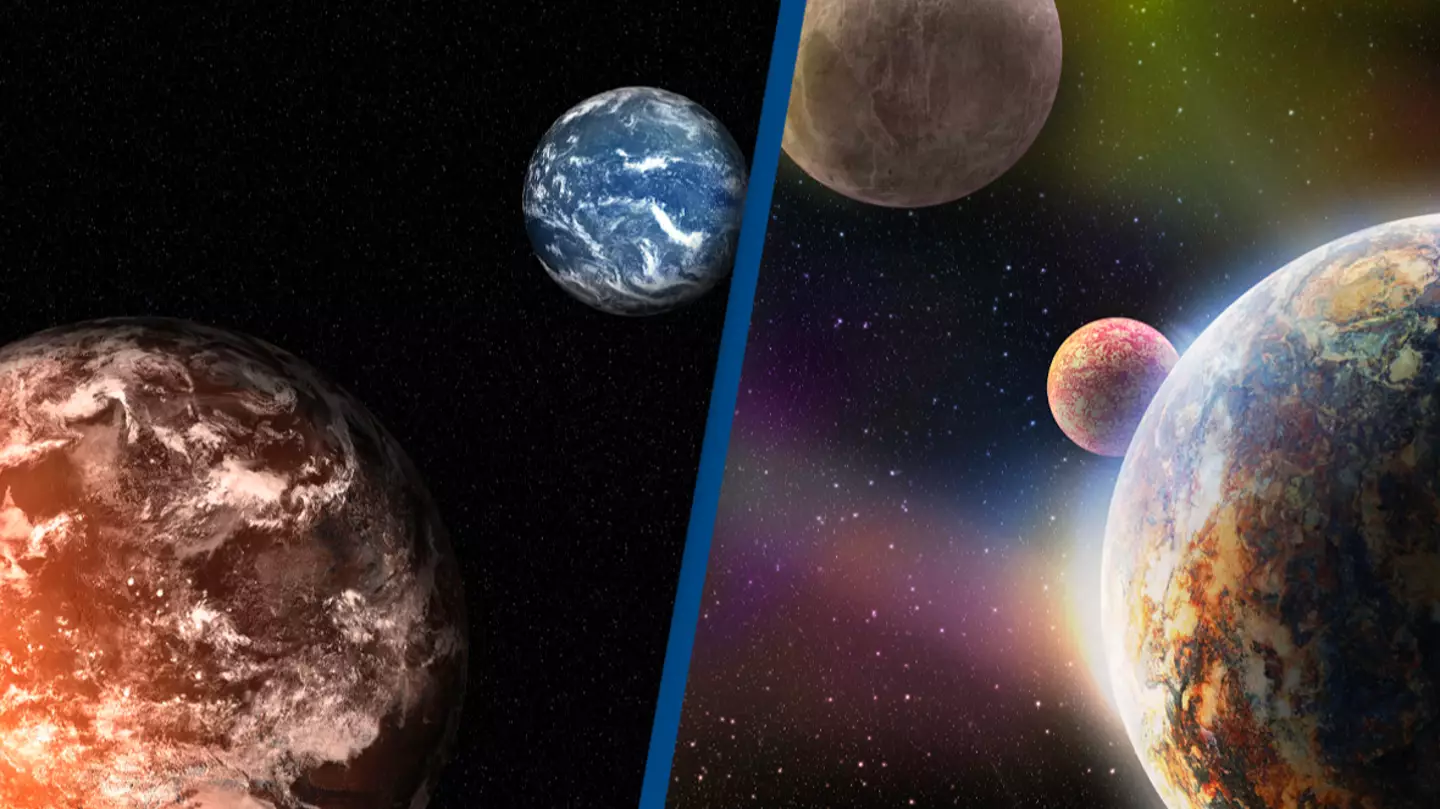
Featured Image Credit: Apostrophe/Alexandr Yurtchenko/Alamy Stock Photos
Topics: Space, Science, News, World News

Topics: Space, Science, News, World News
Daisy graduated from Kingston University with a degree in Magazine Journalism, writing a thesis on the move from print to digital publishing. Continuing this theme, she has written for a range of online publications including Digital Spy and Little White Lies, with a particular passion for TV and film. Contact her on [email protected]
@DaisyWebb77